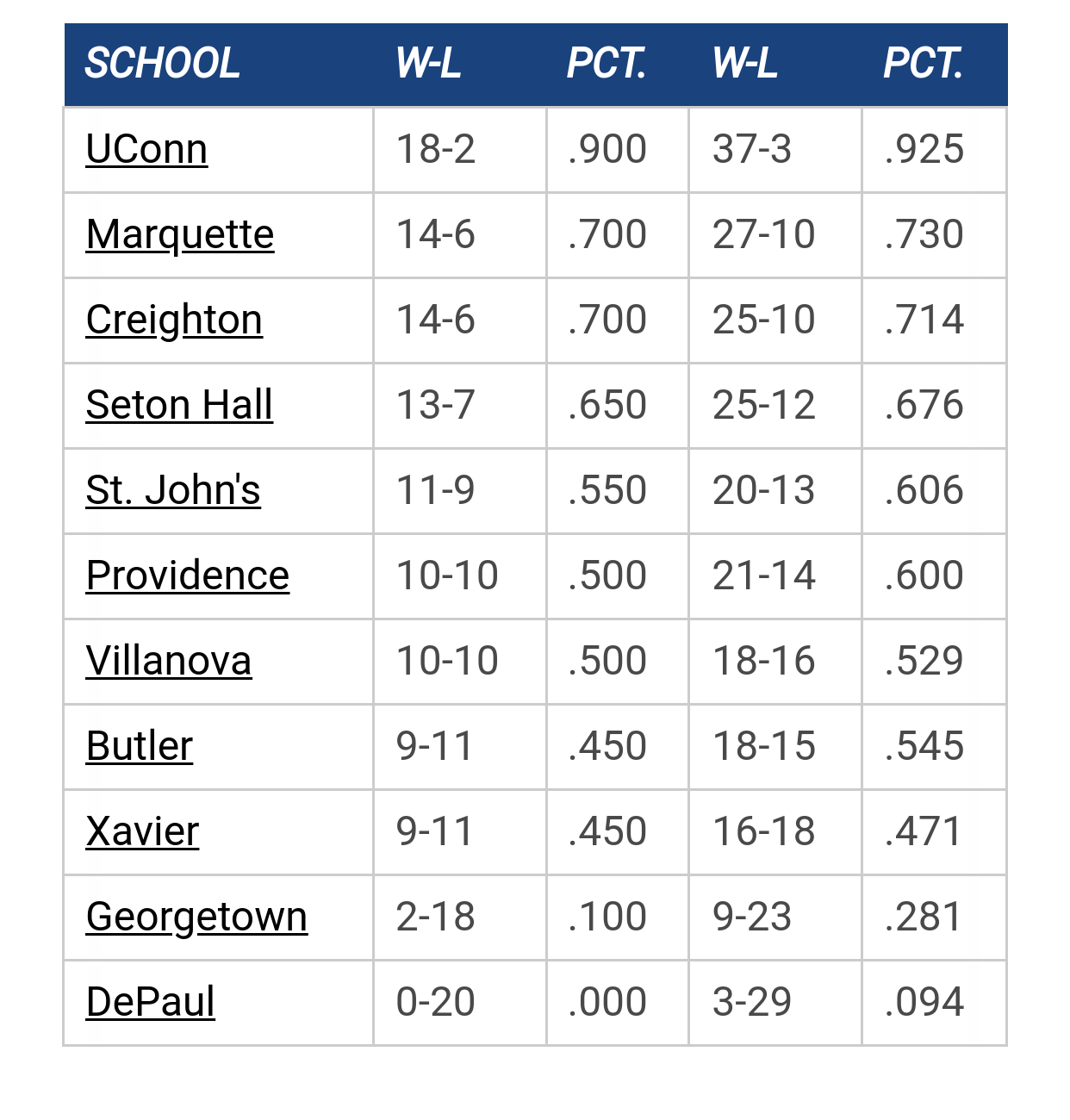- Welcome to MUScoop.
It’s Time to Think Bold by brewcity77
[Today at 07:47:38 AM]
End-of-game exasperation by rgoode57
[Today at 07:26:12 AM]
Royce, Nigel, and Adrien by Vander Blue Man Group
[Today at 02:34:22 AM]
MU/Nova Game Thread by GoldenEagles03
[January 10, 2026, 11:56:43 PM]
SOTG by 21Jumpstreet
[January 10, 2026, 09:46:17 PM]
[Today at 07:47:38 AM]
End-of-game exasperation by rgoode57
[Today at 07:26:12 AM]
Royce, Nigel, and Adrien by Vander Blue Man Group
[Today at 02:34:22 AM]
MU/Nova Game Thread by GoldenEagles03
[January 10, 2026, 11:56:43 PM]
SOTG by 21Jumpstreet
[January 10, 2026, 09:46:17 PM]
The absolute only thing required for this FREE registration is a valid e-mail address. We keep all your information confidential and will NEVER give or sell it to anyone else.
Login to get rid of this box (and ads) , or signup NOW!
St. John's Date/Time: Jan 13, 2026, 5:30pm TV: NBC SN Schedule for 2025-26 |
||||||
User actions



